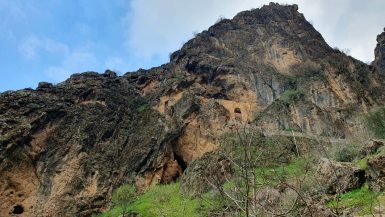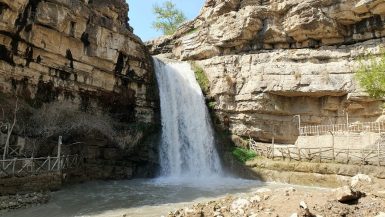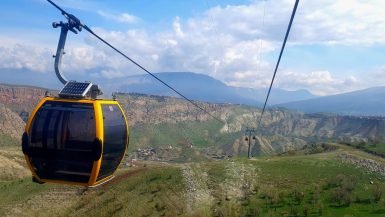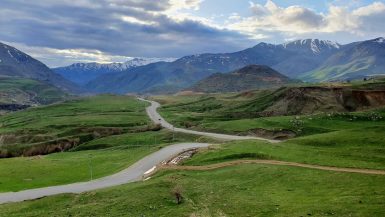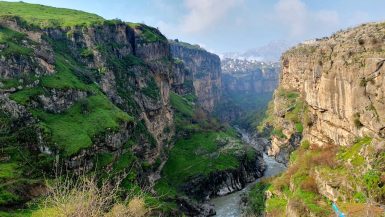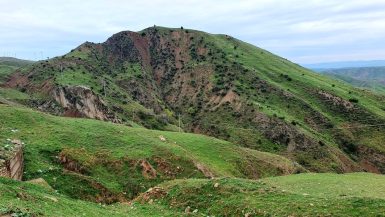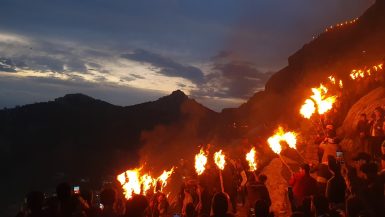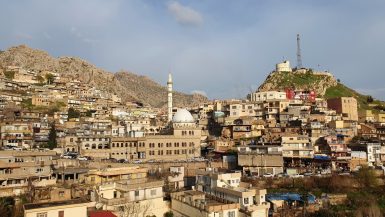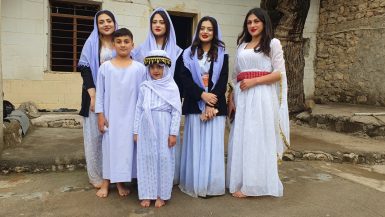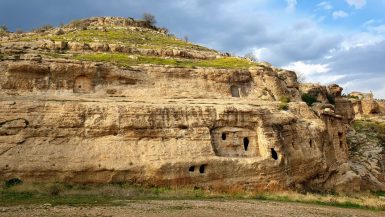Shrine of Raban Boya It is situated in Shaqlawa at the foot of the Safeen Mountains. Christians know the cave as Rabanboya, while Muslims call it Sheikh Wso Rahman. We took a taxi to the parking (10000 IQD), and from there, we hiked for around 20 minutes the steep hill up to the cave. It...
